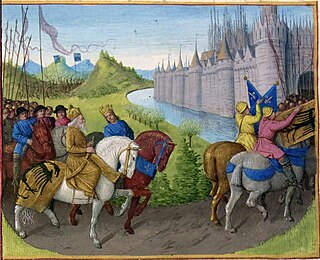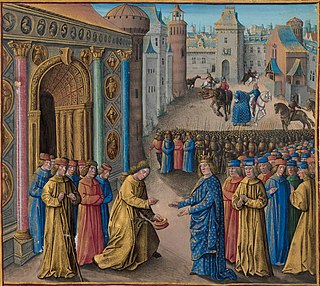The 1160s was a decade of the Julian Calendar which began on January 1, 1160, and ended on December 31, 1169.
Year 1142 (MCXLII) was a common year starting on Thursday of the Julian calendar.
The 1150s was a decade of the Julian Calendar which began on January 1, 1150, and ended on December 31, 1159.
The 1100s was a decade of the Julian Calendar which began on January 1, 1100, and ended on December 31, 1109.

Year 1143 (MCXLIII) was a common year starting on Friday of the Julian calendar.
The 1120s was a decade of the Julian Calendar which began on January 1, 1120, and ended on December 31, 1129.
The 1140s was a decade of the Julian Calendar which began on January 1, 1140, and ended on December 31, 1149.

Year 1147 (MCXLVII) was a common year starting on Wednesday of the Julian calendar.

Year 1179 (MCLXXIX) was a common year starting on Monday of the Julian calendar.
The 1180s was a decade of the Julian Calendar which began on January 1, 1180, and ended on December 31, 1189.
The 1110s was a decade of the Julian Calendar which began on January 1, 1110, and ended on December 31, 1119.

Year 1110 (MCX) was a common year starting on Saturday of the Julian calendar.

Year 1161 (MCLXI) was a common year starting on Sunday of the Julian calendar.

Year 1160 (MCLX) was a leap year starting on Friday of the Julian calendar.

Year 1148 (MCXLVIII) was a leap year starting on Thursday of the Julian calendar.

Year 1185 (MCLXXXV) was a common year starting on Tuesday of the Julian calendar.

Year 1105 (MCV) was a common year starting on Sunday of the Julian calendar.

Melisende was the queen of Jerusalem from 1131 to 1152. She was the first female ruler of the Kingdom of Jerusalem and the first woman to hold a public office in the crusader kingdom. She became legendary already in her lifetime for her generous support of the various Christian communities in her kingdom. Contemporary chronicler William of Tyre praised her wisdom and abilities, while modern historians differ in their assessment.

Baldwin III was King of Jerusalem from 1143 to 1163. He was the eldest son of Queen Melisende and King Fulk. He became king while still a child, and was at first overshadowed by his mother Melisende, whom he eventually defeated in a civil war. During his reign Jerusalem became more closely allied with the Byzantine Empire, and the Second Crusade tried and failed to conquer Damascus. Baldwin captured the important Egyptian fortress of Ascalon, but also had to deal with the increasing power of Nur ad-Din in Syria. He died childless and was succeeded by his brother Amalric.

Hodierna of Jerusalem was the countess of Tripoli through her marriage to Raymond II of Tripoli. She ruled the County of Tripoli as regent during the minority of their son Raymond III from 1152 until 1155.












